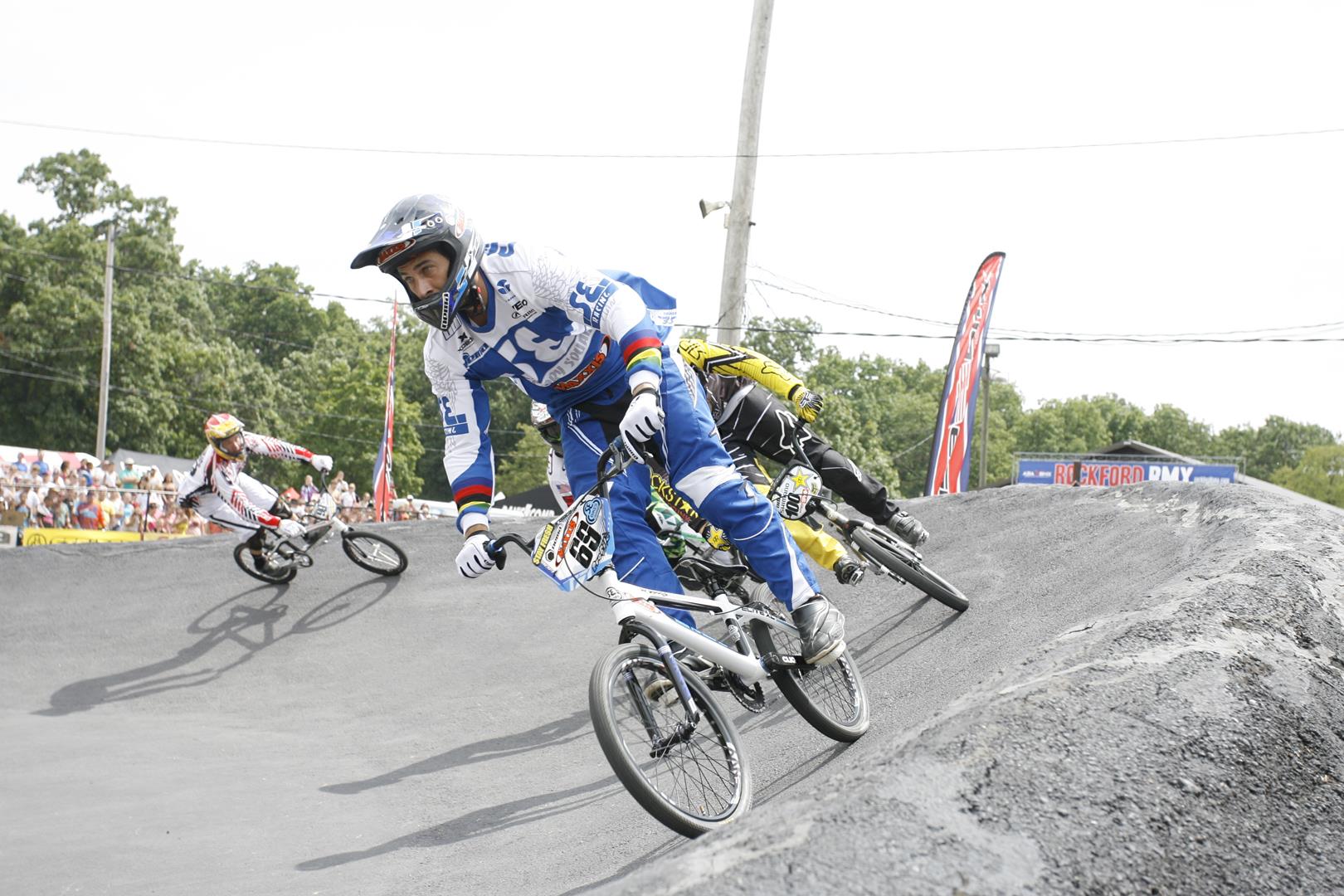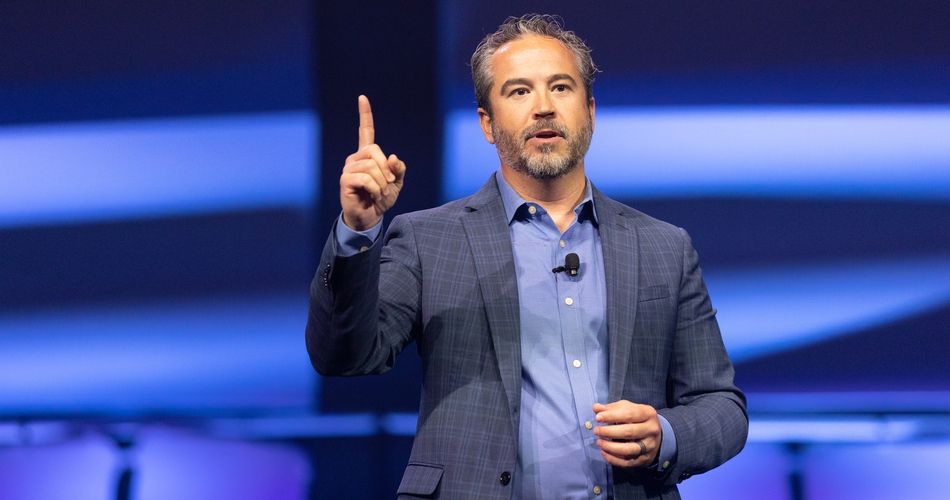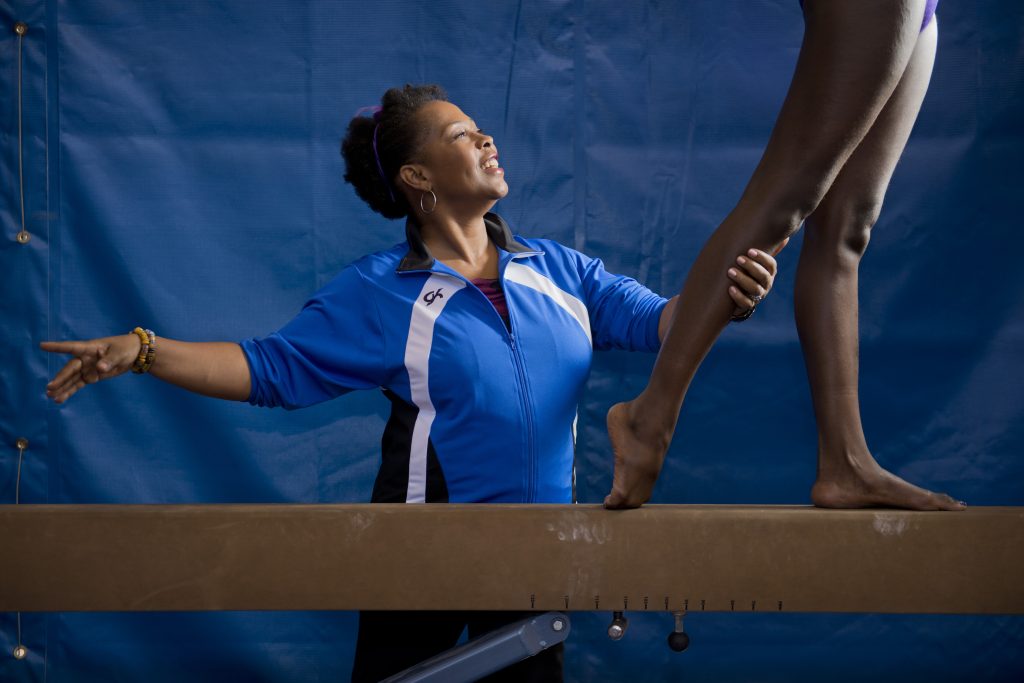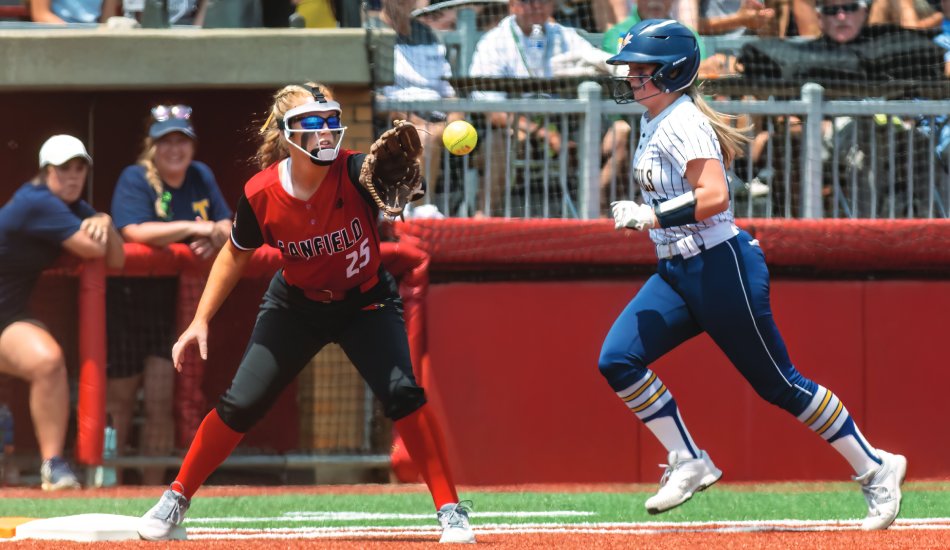According to Dr. Lisa Neirotti of George Washington University, sports tourism is an $8-billion industry. This niche market is enjoying unprecedented growth and accounts for 14% of all tourism. Membership of the National Association of Sports Commissions has steadily grown from 34 members at its inception in 1992, to a record 718 in 2014. The end does not appear in sight, but here are 10 trends we should keep our eye on that will impact the future of what the sports industry looks like:
Trend #1 – Venue development. Destination marketing companies and sports commissions are taking a more active role in venue development and management. Several CVBs, sports commissions and rights holders are now taking equity stakes in building and managing venues.
Trend #2 – Management structures are evolving. Over the past year, several sports commissions have merged into convention bureaus. At the same time, many small and mid-sized markets have spun their sports commissions out of their DMOs.
Trend #3 – Social media evolves. Social media is no longer just for marketing your event in advance. It is an asset for continuing real time updates during the events, changes on the fly and VIP sightings. Due to flexibility, and often times cost, apps have taken over the printed guide. Your phone is your information source and also your way to let everyone know you are where the action is.
Trend #4 – Usage of volunteers. There is a pending lawsuit filed by a volunteer who feels she should have been paid for her work at a sporting event. A federal judge ruled to allow the suit to continue in the courts (the suit is against the owners of a major running series, one of the largest sports events companies in the world). The outcome of this case could have massive implications on the work we do.
Trend #5 – Board governance. Volunteer leadership challenges can be found with rights holders, national governing bodies, sports commissions and convention bureaus. Our industry needs more formal and regularly administered board training. This should start with the orientation process and include annual reviews of board member roles and responsibilities. Volunteers cannot be effective unless the organization gives them specific goals, expectations, and direction.
Trend #6 – Bid fees. Host cities are less willing to pay bid fees, and are more and more looking for a financial partnership with event rights holders. This shared risk-reward model is becoming more prevalent every day. In addition to diversifying risk, many host cities want an equity stake in the events they host (that is, a share of the event’s financial upside). In many instances, the sports tourism game is more about money than heads in beds.
Trend #7 – Third party housing. This industry has a windy road ahead. Hotel rebates are coming to a head, with at least one major hotel brand looking to institute a cap on commission and rebate programs. The challenges of protecting rate integrity and of tracking room blocks and rebates (especially in the individual sports) has forced the industry to revisit housing in its totality.
Trend #8 – Enhanced fan and participant experiences. The NCAA Women’s Final Four states, “It’s More Than Three Games.” And it has to be. Participants and spectators at our events want activities to do and sights to see that will create memories. It’s a chance to showcase your community.
Trend #9 – Legacy projects. Habitat for Humanity houses, playground clean-ups, charity runs, and hospital visits are all types of legacy leave behinds for events we host. It doesn’t have to be millions, but leave behinds are growing in stature. Answer the question, “How can I engage my people and create a positive impact on my community.”
Trend #10 – Sponsors as partners. In the long-term, activation is more important than a sponsor’s money. Through well planned activation, the sponsor will get more out of the experience and so will you. Sponsor solicitation is about relationships….always has been, always will be. Get to know your sponsors before you ask them for money. Engage them and teach them about what you do. Remember, a company doesn’t make a decision, a person within that company does.
2016 promises to be another good year for our industry. At the same time, as leaders of our organizations we need to be in a position to address challenges before they happen. If we keep our ears to the ground for trends and anticipate change, we can better serve our companies and our communities.
About the authors
Jon Schmieder is the founder of the Huddle Up Group LLC, a consortium of three sports-related companies led by award-winning executives. Schmieder has 20 years of experience in leading non-profits and sports tourism organizations through strategic growth and increased community collaboration.
Gary Alexander is a principal with the Huddle Up Group. Alexander has 24 years of experience in the industry including stints with the United States Olympic Committee, USA Gymnastics and Nashville Sports Council/Music City Bowl.
The Huddle Up Group can be reached at jon@huddleupgroup.com, 602-369-6955; or gary@huddleupgroup.com, 615-642-7117. To receive the weekly “Monday Huddle Up,” sign up at huddleupgroup.com/contact.






